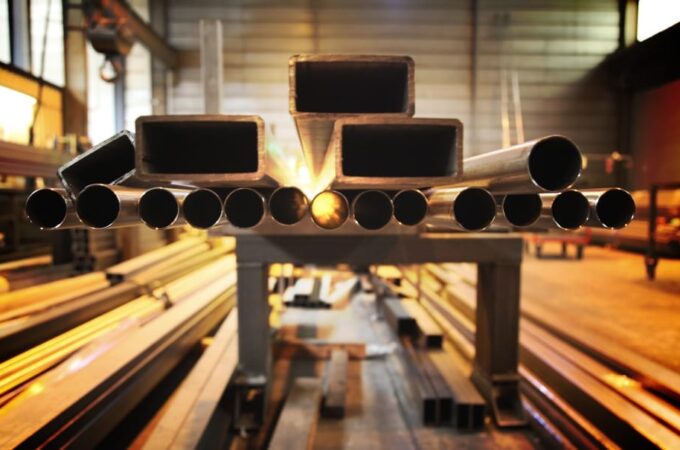
COVID-19: The Cashless Recovery and What it Really Means for Businesses
COVID-19 has fundamentally altered the way we all do Businesses. From homeworking and teleconferences becoming part of the established norm, through to furlough schemes and retail closures, no sector has gone untouched. In the UK, arguably the most enduring change has been a shift away from cash use – but whilst nobody can deny that the pandemic has pushed us another step closer to becoming a cashless society, could embracing this change really support recovery?
Here we take an in-depth look at what businesses can expect to see as the UK moves further away from physical money, and ask what they can do to keep up.
Contamination concerns Businesses
There can be little doubt that the COVID-19 pandemic has accelerated the UK’s movement away from cash. Dating back to early 2020, businesses have spent the past 12 months scrabbling to make their premises COVID-secure to enable safe opening. In this environment, businesses simply can’t afford to make any mistakes, and many have deemed the handling of physical cash to simply be too risky an endeavour.
It seems at least in part that businesses moving away from cash transactions may have done so in the wake of a sensational March 2020 report that suggested that the coronavirus could be spread using banknotes. The World Health Organisation (WHO) were quick to step in with a rebuke of the report, suggesting that they had been misrepresented and had instead noted that customers “should wash [their] hands after handling money, especially if handling or eating food.”
Of course, whilst the WHO’s statement may have put some minds at ease, it seems to have done little to quell the fears of British businesses. According to data supplied by NatWest, some 70% of new businesses registering with the bank were welcoming card payments for the first time – indicating that the public health crisis has indeed accelerated the adoption of technological transaction solutions.
Adapting to consumer trends
Whilst businesses are somewhat easier to survey, they certainly aren’t alone in their movement away from physical money. UK cashpoint provider LINK have now released data that shows cash usage halved in the two months since an initial lockdown was announced in the UK during March 2020. Further figures showed that nearly two-thirds of UK consumers believed they would be using contactless payment technology more in the short term on account of health and safety concerns, and so it is evident that businesses and consumers are aligned in their opinions on the matter.
Turning to how these trends could spur on business recovery, it’s not hard to make the connection between increased consumer demand for contactless payment options and higher revenues for businesses that can meet that demand.
Technology leads the way
For some firms, contactless payments have remained a futuristic and out-of-reach solution that simply doesn’t fit their model. This is especially true of smaller businesses in more rural settings, yet it’s clear that provisions have already been made by the major consumer banking providers to accommodate widespread contactless payments.
A UK Finance report from 2017 shows that nearly 119 million contactless cards had already been issued in the UK (equating to almost two cards per person). With contactless cards now issued as standard, it only makes sense for SMEs to at least consider adopting a more up-to-date stance on non-cash payments since the vast majority of their clientele will now be equipped to pay for goods and services with a contactless card.
Thankfully gaining contactless capabilities is simple on an operational level, too. Payment solutions providers such as UTP Group offer an accessible way into the modern transaction market, with affordable contactless card readers and even flexible machines that allow you to take contactless payments whilst away from the till or out and about.
It’s not all change
Putting aside the great benefits of offering cashless payments, businesses should not expect everything to change all at once. Whilst integrating cashless payments into their model could help firms to attract new customers and maintain existing relationships, not all businesses are keen to move forward.
Even despite simplifying bookkeeping and transaction reconciliations, some small businesses are wary of adopting cashless (and, particularly, contactless) payments. In many cases, this may be because they are concerned about the additional layers of compliance that come with changing their model, and the regulatory concerns that arise when dealing with customer transaction data.
Inaction is not an option for Businesses
The concerns of businesses are valid, of course, but that doesn’t necessarily justify them dragging their heels to at least adopt card payment capabilities even if they don’t choose to leave cash behind altogether.
As the COVID-19 pandemic rages on, it has quickly become clear that cashless payments are no longer an added extra but a business necessity that consumers expect. Looking to the past, failing to adapt could be an extremely costly mistake. When chip & PIN came to the fore of the UK retail environment, accountants and banking providers noticed a marked increase in the volume and value of card transactions. As contactless becomes ever more available to the British public, it seems only logical that the same increase could happen once more – and businesses that are not ready for it could lose out.
For those reluctant businesses who do manage to adapt, it’s at least possible to take heart in the fact that not everything will change. Just cash transactions often require till operators to issue a receipt, so too do card machines need to be stocked with quality paper (even though quality payment solutions partners make it easy to view transaction reports online). Fortunately, it’s just as easy to manage the operation of a contactless card reader as it is to run a cash till, and high-quality card machine paper can be acquired at competitive rates that make it no more expensive than cash processing.





